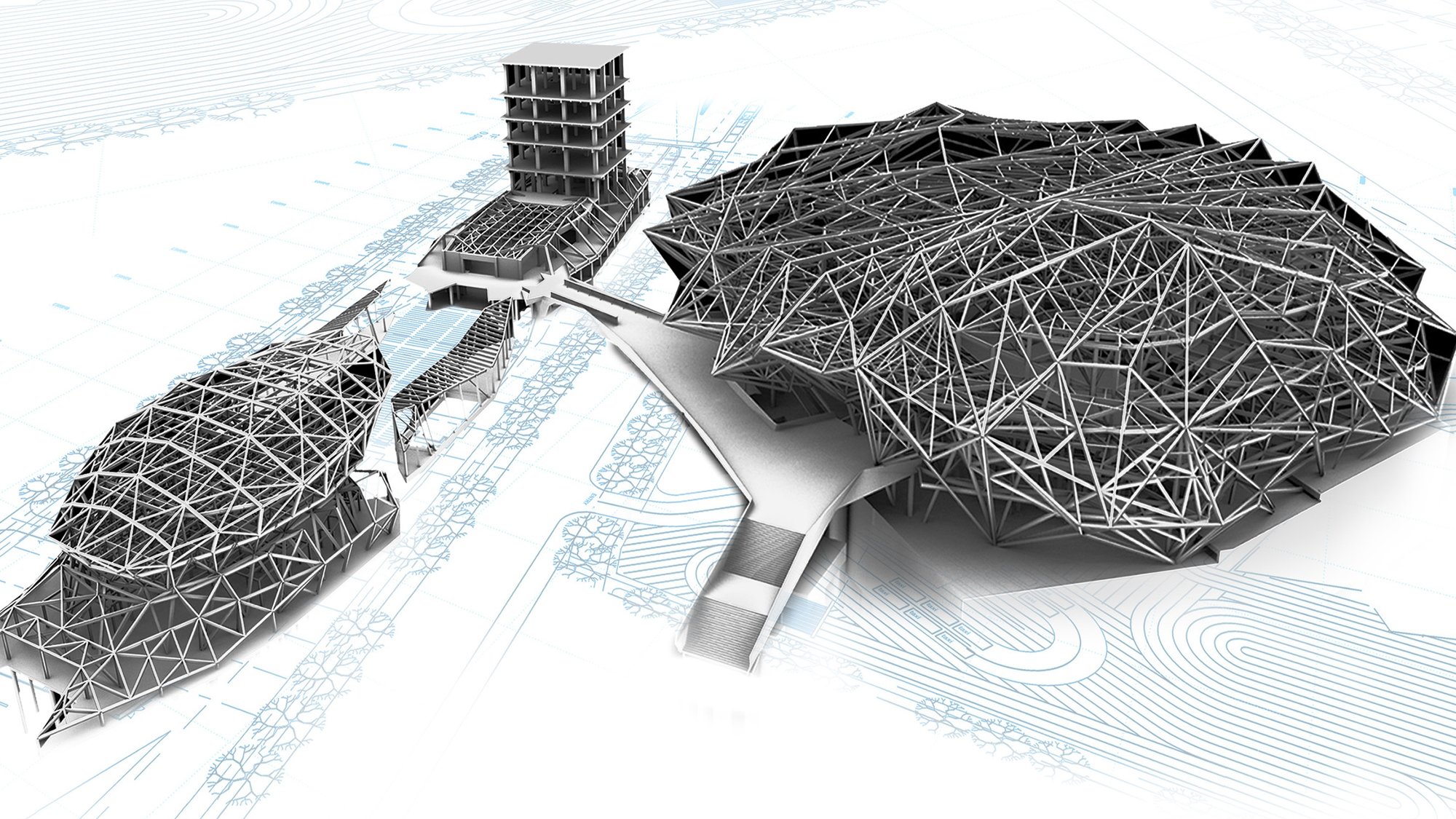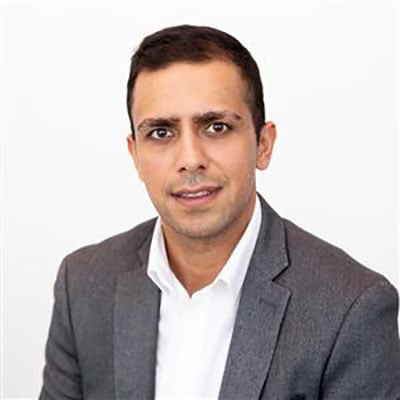For over two decades, BIM has enabled built environment industry professionals to share information in a single, shared project-based set of objects and systems. It helps clients to understand design and engineering choices visually. It allows the creative team to test options on the layout of critical services virtually. And it outputs vital documentation and enables greater collaboration.
At Arup, we’ve been pushing BIM’s capabilities, finding ways to amplify these effects and realise its potential and value on all our projects and developing automatic creation of content from data that enables us to respond directly to client needs.Information and data in – design and documentation out
BIM’s centralisation of the data about all a project’s elements, and the power of linking BIM and other data together, is at the heart of its potential, often importing information directly from existing analytical models – bringing uniformity and consistency to the model from the start. We develop BIM models that go beyond storage of relevant information (sizes, dimensions and so on), to enable automated geometry and design, layout and documentation of repeat elements and provide coordination across disciplines.
You might want to change layouts or equipment options across a whole building – we build models that enable rapid design iteration and automatically generate solutions and documentation, freeing our designers up for more valuable tasks. Clients gain confidence in a chosen design route, as many key decisions can be made with greater clarity using the model, right from the start.
We use BIM to validate design choices too, helping clients explore the viability of a proposed combination of services of functions, establishing how ‘buildable’ the desired approach is. For clients developing buildings or assets in different locations, our unique capabilities in BIM, including developing global BIM data standards, help to achieve better results, while ensuring their building or asset complies with local building regulations.
The asset management advantage
The set-up phase is critical to BIM that’s both effective and efficient – it’s a process we’ve spent timing perfecting. With a well-designed BIM execution plan in place, the technology adds value from project inception all the way through operation, becoming a key source for future digital twins and day-to-day asset management processes.
Connecting the physical and digital worlds
Our digital twin approach, provided as consultants and technologists, is to develop a twin that connects disparate information sources, building a digital twin that generates valuable intelligence every day.
Learn more about our serviceIncreased coordination, improved collaboration
BIM’s ability to coordinate multiple types of information is driving up expectations in the industry, particularly around level of information and quality of collaboration. Our BIM models are collaborative to the core, allowing designers and engineers to collaborate and achieve the work-from-anywhere approach that is vital on major international projects.
BIM showcase
These four recent projects demonstrate how Arup pushes BIM to achieve a wider range of client goals:
New layers, new insights
Drawing on Arup’s breadth of expertise and services, our BIM models are now used as the foundation for analytic models, such as those evaluating energy use and carbon emissions, fire safety implications, acoustic impacts, lighting or airflow. In order to exploit the data held in BIM we developed the unique and ground-breaking Global Revit and Global Tekla Standards for BIM. These are fundamental building blocks to sharing data, providing a single global standard that transcends boundaries, such as language, measurement units, codes, symbols, and much more.
Given our clients’ growing desire for sustainable operations and outcomes, future spatial flexibility, new digital services, greater energy efficiency or particular user experiences, BIM’s importance as a central intelligence source will also grow.
Leading the industry
Arup has long championed the use of BIM on every project and we have been leaders in developing ISO standard BIM Execution Plans and advising clients on best practice for their project delivery. We have worked with open-BIM advocacy group BuildingSMART, to bring industry-wide alignment to the naming standards across buildings and infrastructure that will be needed if the next generation of digital services and functions are to be realised in the built environment. This standardisation is essential and invaluable in many projects, which function increasingly like complex combinations of machines, services and other high-maintenance elements.
It’s our hope that these shared formats will lead to greater consistency and aopen standards, helping designers and engineers around the world use the same definitions, terms, parameters and approach in their work. We are also a partner to the Open Data Institute for general data standards (and BuildingSMART for open BIM), and are always promoting the value of shared standards and open data formats, to drive industry innovation for everyone. Finally, we are encouraging the use of an independently supported BIM maturity measure across our industry, to establish greater understanding of the technology, among the clients we all serve.
Talk to our experts

 ;
;






